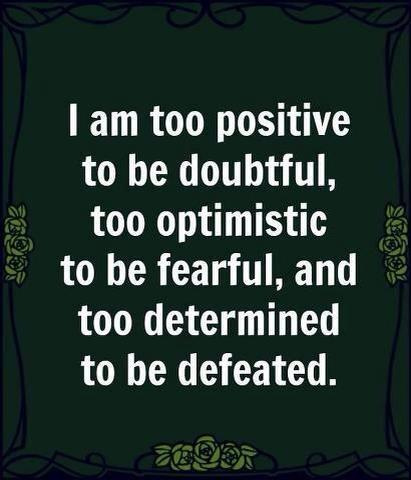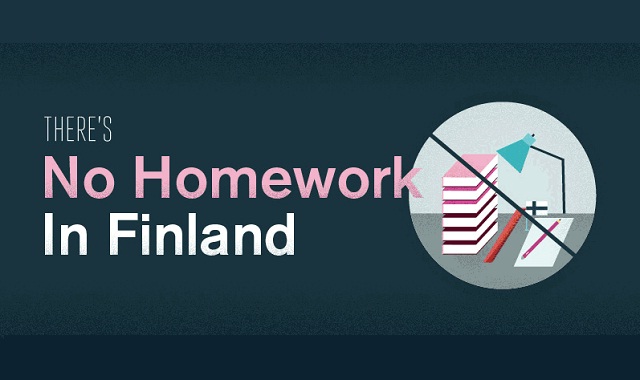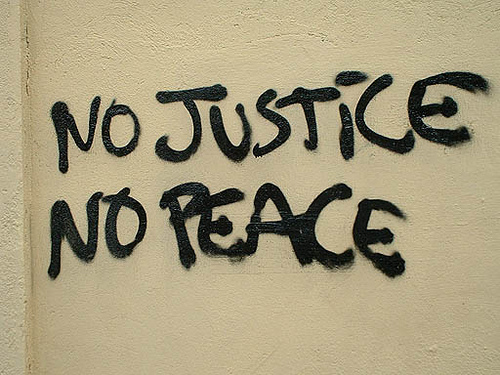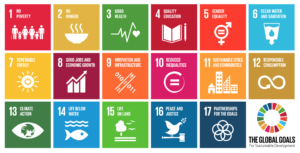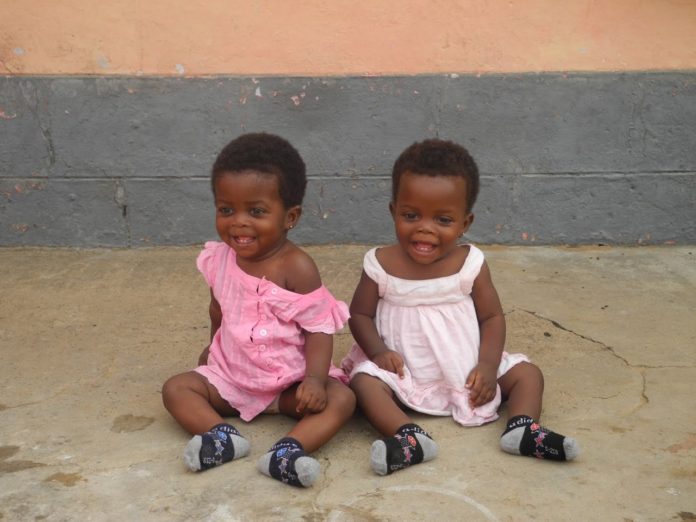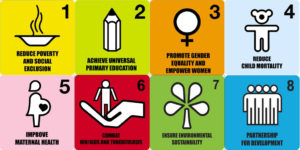College is not for everybody. But, everybody should go.
If college is not for you. You better learn how to do something better than someone else.
I’m not saying if you choose not to go to college. You will not make it in the 21st century.
That would be me lying to you.
What I am trying to share with you. Is college helps you better understand how the world works. It also gives you an opportunity to make a better life for yourself, and to try to reach your full potential.
If that makes sense to you. Let’s discuss college.
Planning is Everything, So Let’s Get to It
October is the month, most 4- year colleges start accepting applications for their next year’s fall class.
So, if you want the best results to get into college. The sooner you start the process, the easier, it will be.
Let’s start with the process. You need to plan and completing tasks, step-by-step.
So where do you begin?
Answer this question.
Are You Ready For College?
It’s a simple question. Are you ready for college?
Let’s check:
- Do you meet the admission requirements for college
- Have you taken the SAT or ACT test
- How many people say, you have the skills for college (You need Reference letters)
- Can you explain why you want to go to college (You need to write a College Essay)
- Do you, or your parents know how to pay for college (You need Money)
It’s a simple question. Are you ready for college?
Your Answer Should Be YES
College is a privilege. It is an opportunity to go where you want to go. To gain the knowledge you need for a life you dream of.
Nevertheless, everyone knows dreams sometimes do not come true.
To give you a better chance of getting to college, and reach your dreams, goals, and aspirations. You need to stop reading this article and go to this link
After you have completed each step, come back to this article
NJ MED Cares
If you get anything from our World Top 20 Project, you will see we want everyone to reach his or her full potential. This is our purpose and our drive, to make a difference in your life.
If college is where you want to go. We have also tried our best to get the information you need to help you become successful, in a Higher Education environment in the 21st century:
In our Higher Education section of our website. We provide you with a list of:
- The world’s top colleges;
- How they work;
- Everyday life on a college campus and graduate school opportunities
- How to Become a Global Citizen
Here is a brief sample of each section.
World’s Top 20 Colleges
Our Annual Global Universities Rankings – list the world’s top 20 colleges by measuring the quality of education and training they offer to students 18 to 25 year olds, as well as, how impactful the university’s economic and social efforts have been in promoting their country’s sustainable development.
How Do You Get Into One of these Universities?
Our College Review page gives you a profile of each college:
- Major Courses they promote
- Student Population
- Admission Requirements
- Tuition Cost
- Scholarships & Grants Opportunities
- Graduation Rates
- Their Graduates Employment Rate
What’s Happening on the World’s Top College Campuses?
Going away from home is a big step into adulthood. So, where you go, should be the best place for you.
If possible, our World College Information Center will give you some information on what is happening on top college campuses from Africa, Asia, the Caribbean, Central America, Europe, the Oceania, North America and South America, and the things you can do, went you get there.
Plus, information about the World’s Top 20 Wealthiest Universities and Top Graduate Schools.
Be more than a College Student
Attending college is not completely about academics, and getting away from home. Instead, the college experience should also help you build a better view of the world around you.
Our Higher Education Engagement page will provide you with a list of colleges from around the world committed to helping students excel both academically as well as socially. By offering students, volunteer programs, internships, green initiatives and developing research projects towards community sustainability.
Remember a college is a place where you grow and accept new challenges.
Now, are You Ready for College?
If you have not already visited our Lifelong Learning Opportunities section. Which gives you a list of steps, you have to complete, before, you can send out your college application. You really need to.
In this section, it will show you and your parents how to prepare for meeting college admission requirements.
From organizing your high school transcript, passing college entrance test (SAT and ACT), getting the right college reference letters you need, and finding the funding opportunities you may be eligible for.
With this information, it will help bring you closer to successfully completing your college applications, and help guarantee your future.
Where should you begin?
Now that you have the information for meeting college admission, it is time for you to be proactive.
For:
High School Seniors you need to make sure you complete all college admission requirements. Meet with your high school guidance counselor to help prepare the information for your college application.
You also need to talk with your parents about college tuition. In addition, to getting their information for completing your financial aide applications; submitting for student loan programs; and meeting grants and foundation requirements.
High School Juniors planning for college next year. You need to meet with your high school guidance counselor to review your high school transcript. Start looking for colleges you would like to attend, based on your career goals.
Retake or take your college entrance test (SAT or ACT). Look for college Scholarships and Grants.
High School Sophomores planning for college you need to build your high school transcripts. Get extra help in tutoring programs for preparing for college entrance test (SAT or ACT).
You should also start participating in extra high school curriculum activities.
High School Freshman you need to start now, planning on – What do you want to be? Why are you going to high school? And, what will you be doing the next four years before you become an adult?
College maybe the next step, if you want to be all you can be. An extra four-year or two years of education will help you not hurt you.
So, you need, to take the right high school courses. Meet with your high school guidance counselor, find out where you can get help in subjects, you need help in. And finally, develop a mindset you need high school to help you get where you want to go in life.
Thanks but No Thanks: I Don’t Think College is for Me
After, all the information, we have prepared to help you successfully enroll in college. College still might not be for you.
More schooling Nah.
You are ready to get a job, get your own apartment, buy a car or start your own family. That’s Ok.
However, more education will help you develop more socially and increase your opportunity to earn higher wages, to support you or a family.
If that sounds good to you. What are you waiting for, send out those college applications.
